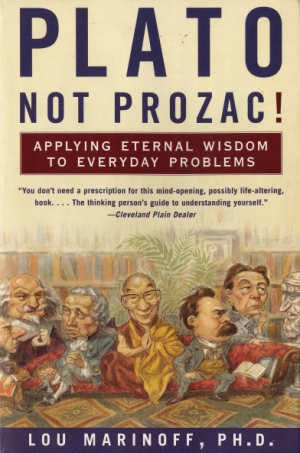
Military’s drug policy threatens troops’ health, doctors say
Army leaders are increasingly concerned about the growing use and abuse of prescription drugs by soldiers, but a Nextgov investigation shows a U.S. Central Command policy that allows troops a 90- or 180-day supply of highly addictive psychotropic drugs before they deploy to combat contributes to the problem.
Drug formulary includes drugs like Valium and Xanax, used to treat depression, as well as the antipsychotic Seroquel, originally developed to treat schizophrenia, bipolar disorders, mania and depression.
Dr. Grace Jackson, a former Navy psychiatrist, told Nextgov she resigned her commission in 2002 “out of conscience, because I did not want to be a pill pusher.”






SHARE YOUR STORY/COMMENT: